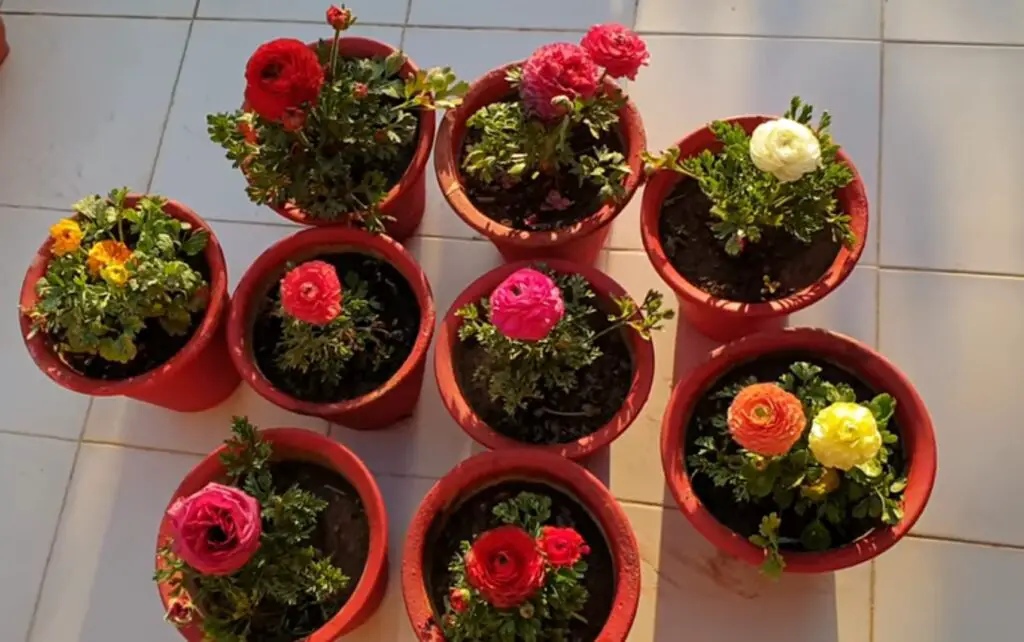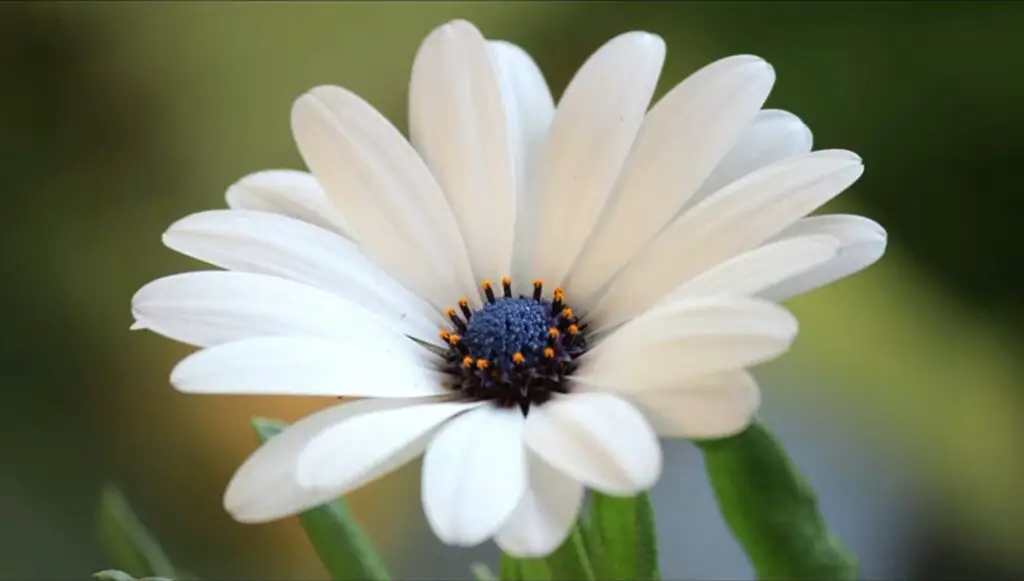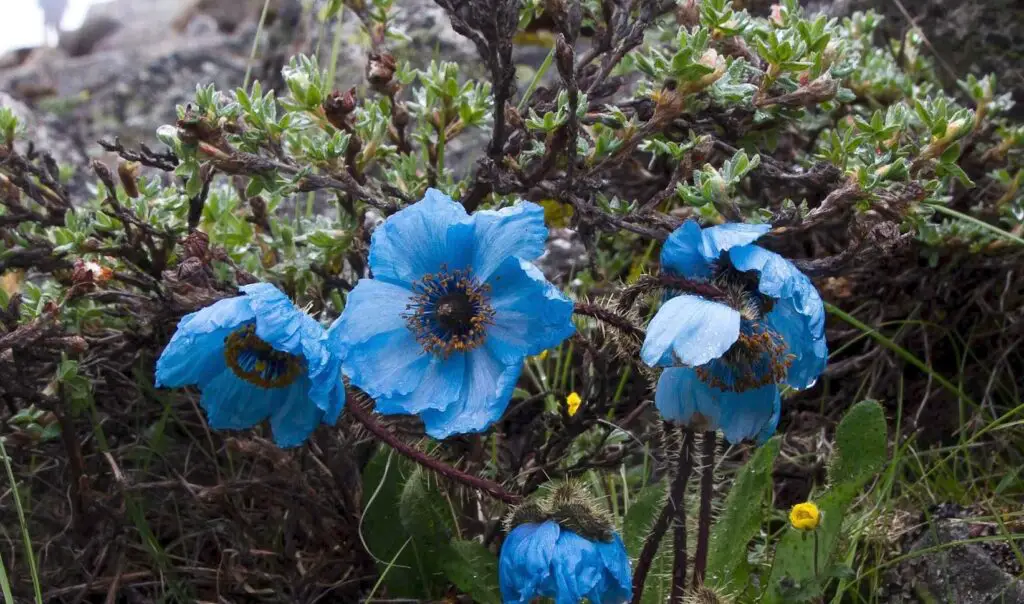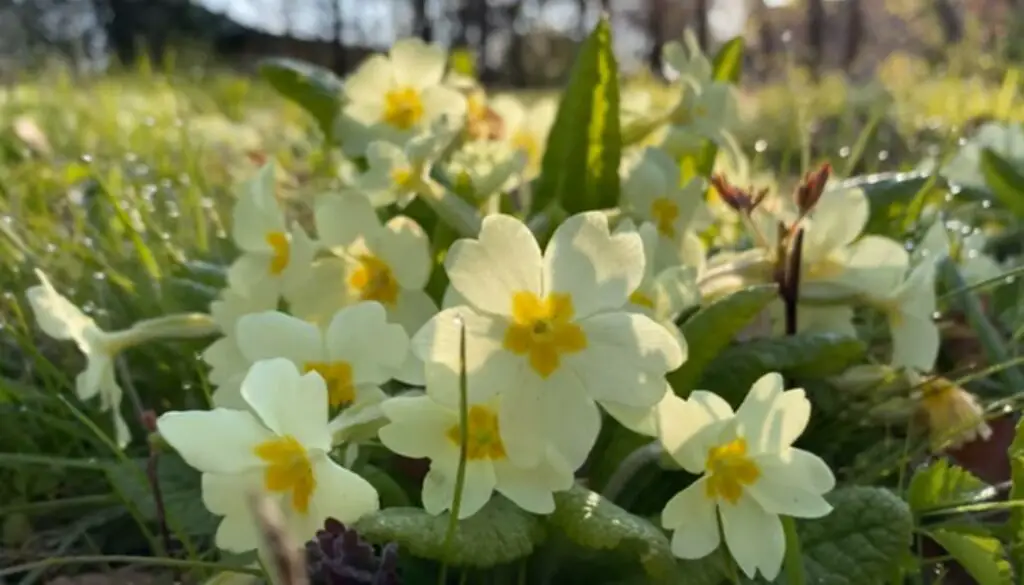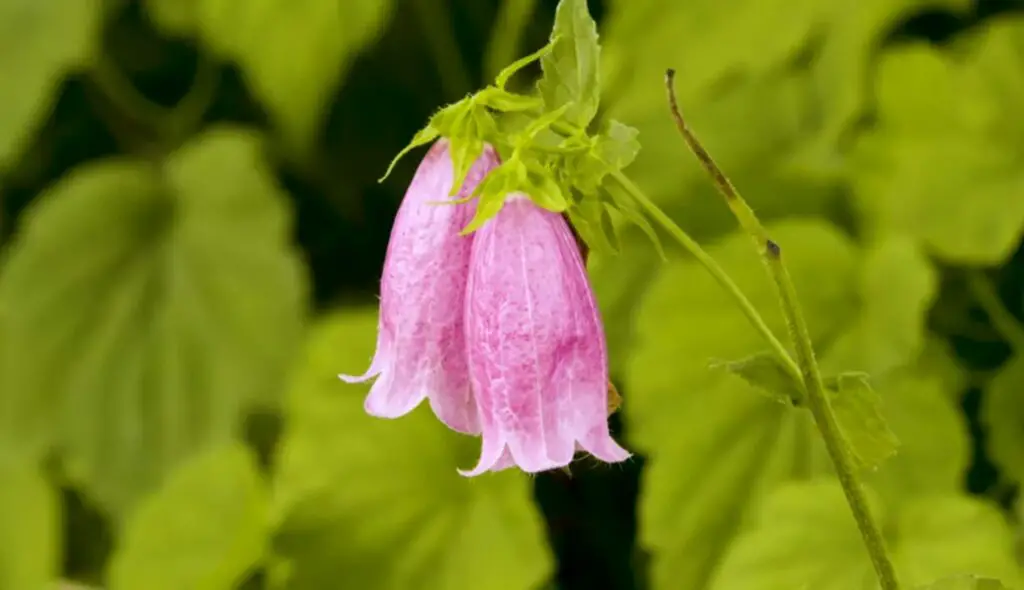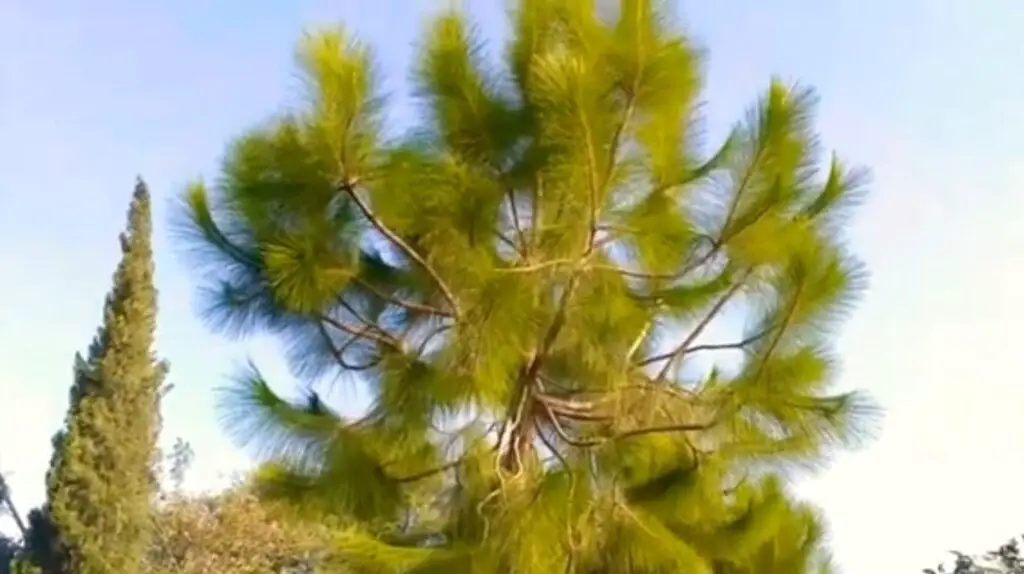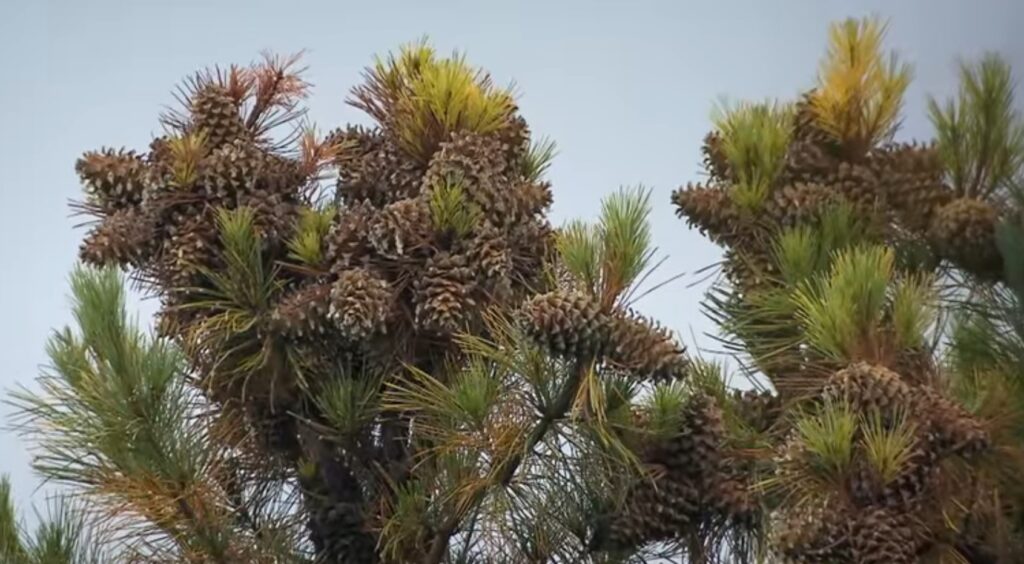Buttercup Flowers, scientifically known as Ranunculus, are a genus of flowering plants that belong to the Ranunculaceae family. They are known for their bright yellow flowers that resemble small cups and are commonly found in meadows, pastures, and along streams and rivers.
Characteristics of ButterCup Flowers
Buttercups are herbaceous perennial plants that grow up to a height of 50cm. They have deeply divided leaves that are bright green in color and are arranged alternately on the stem. The flowers of buttercup are small, measuring 2-3cm in diameter, and have five to seven petals that are arranged in a cup shape. The flowers bloom in the spring and summer months and are followed by seed pods that contain numerous tiny black seeds.
Types of ButterCup Flower
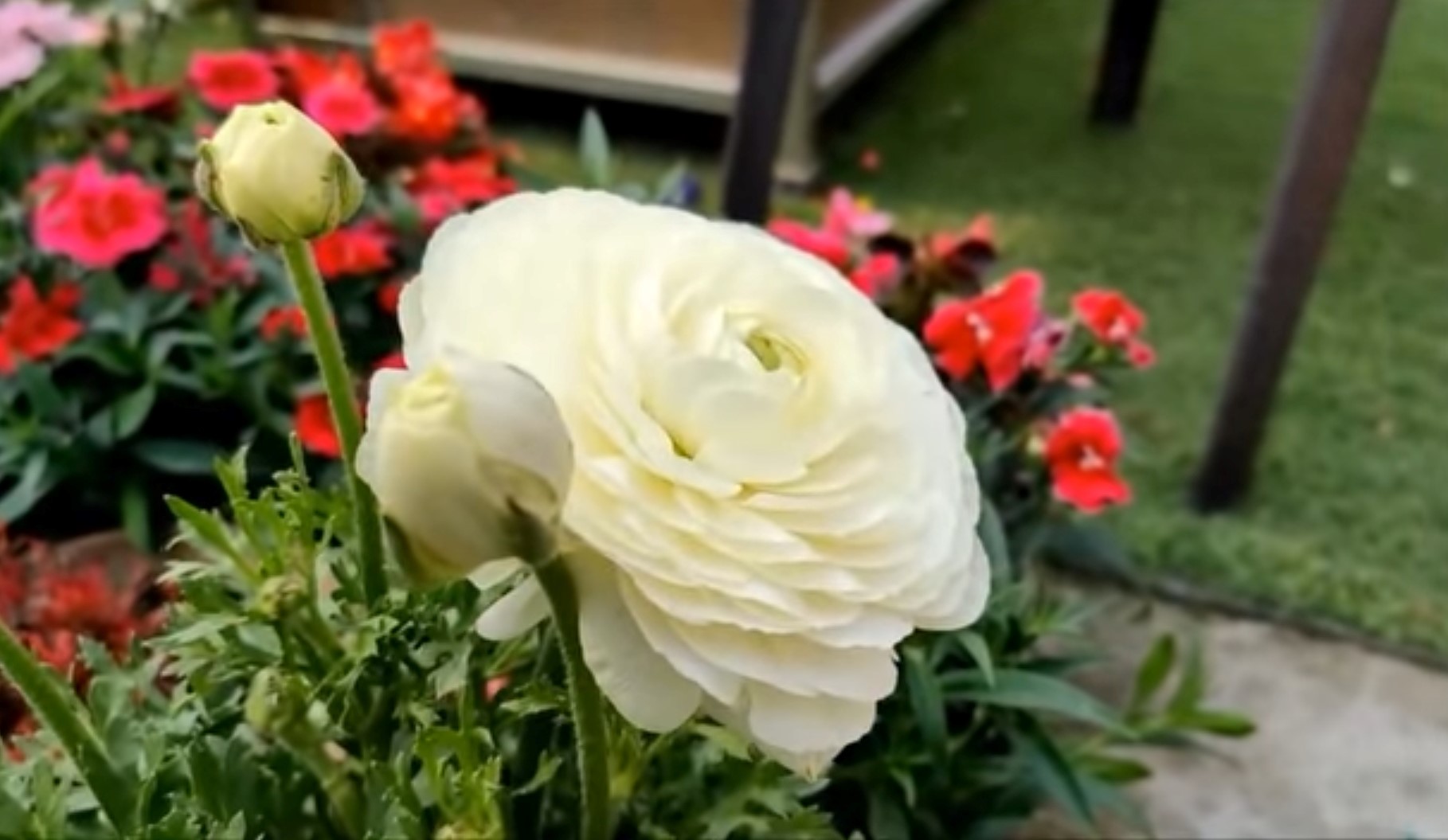 Buttercup are a group of flowering plants belonging to the Ranunculaceae family. There are several types of buttercup flowers, each with its own characteristics and distribution. Here are a few notable types:
Buttercup are a group of flowering plants belonging to the Ranunculaceae family. There are several types of buttercup flowers, each with its own characteristics and distribution. Here are a few notable types:
Common Buttercup (Ranunculus acris): This is the well-known yellow flowering buttercup often found in meadows and grassy areas. It has glossy yellow petals and deeply divided leaves.
Creeping Buttercup (Ranunculus repens): This buttercup has bright yellow flowers and spreads through runners, forming dense mats in damp or wet areas.
Lesser Celandine (Ficaria verna): Also known as “pilewort,” this buttercup species has small, bright yellow flowers and heart-shaped leaves. It prefers moist woodland areas.
Meadow Buttercup (Ranunculus acris var. acris): Similar to the common buttercup, the meadow buttercup is found in meadows, grasslands, and open woodlands. It has finely divided leaves and golden-yellow flowers.
Bulbous Buttercup (Ranunculus bulbosus): This species has bright yellow flowers and is characterized by a bulb-like swelling at the base of the stem. It’s often found in dry, grassy areas.
Goldilocks Buttercup (Ranunculus auricomus): This buttercup has small, pale yellow flowers and prefers woodland edges and shaded areas.
Small-flowered Buttercup (Ranunculus parviflorus): As the name suggests, this buttercup has small, white or pale yellow flowers and is found in various habitats, including woodlands and grassy areas.
Water Buttercup (Ranunculus aquatilis): This aquatic buttercup has submerged and floating leaves along with white or pale yellow flowers. It grows in still or slow-moving water bodies.
Swamp Buttercup (Ranunculus septentrionalis): As the name implies, this buttercup species prefers wet or swampy areas. It has bright yellow flowers and deeply divided leaves.
Pale Buttercup (Ranunculus paludosus): This species has pale yellow flowers and is found in wetlands, marshes, and other damp habitats.
Remember that while buttercups can be quite charming, some species contain toxins that can be harmful to animals if ingested. Always exercise caution and ensure you correctly identify any plant before interacting with it.
Buttercup Regions
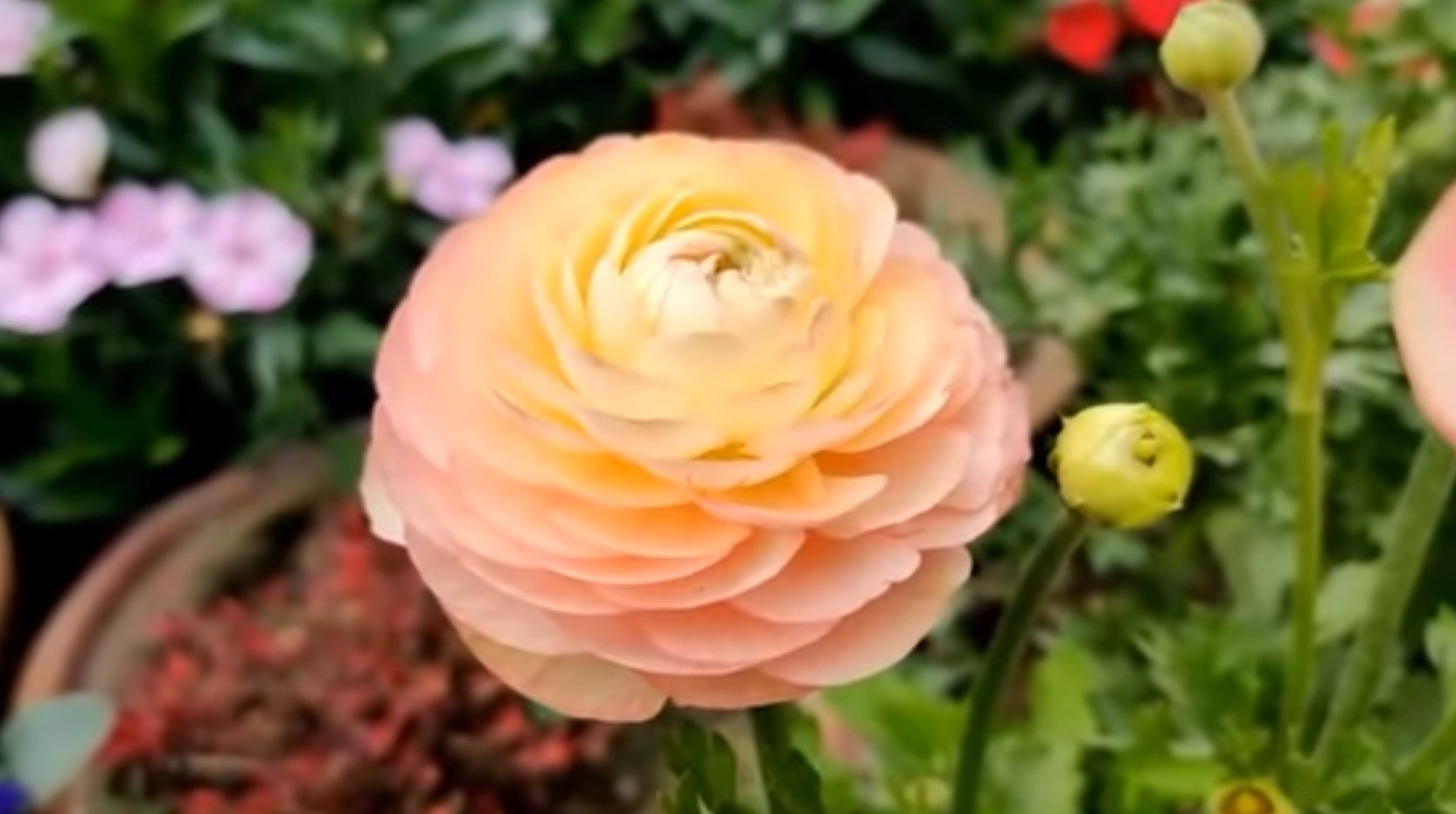 Buttercups are found in various regions around the world, including North America, Europe, and Asia. They are commonly found in moist, well-drained soils and are often used as ornamental plants in gardens and landscapes.
Buttercups are found in various regions around the world, including North America, Europe, and Asia. They are commonly found in moist, well-drained soils and are often used as ornamental plants in gardens and landscapes.
Although buttercup are visually attractive, they contain a toxic substance called protoanemonin, which can cause skin irritation and blistering. The toxin is present in all parts of the plant, including the flowers, leaves, and stems. Therefore, it is essential to handle buttercups with care and avoid contact with the skin.
Are Buttercups Edible
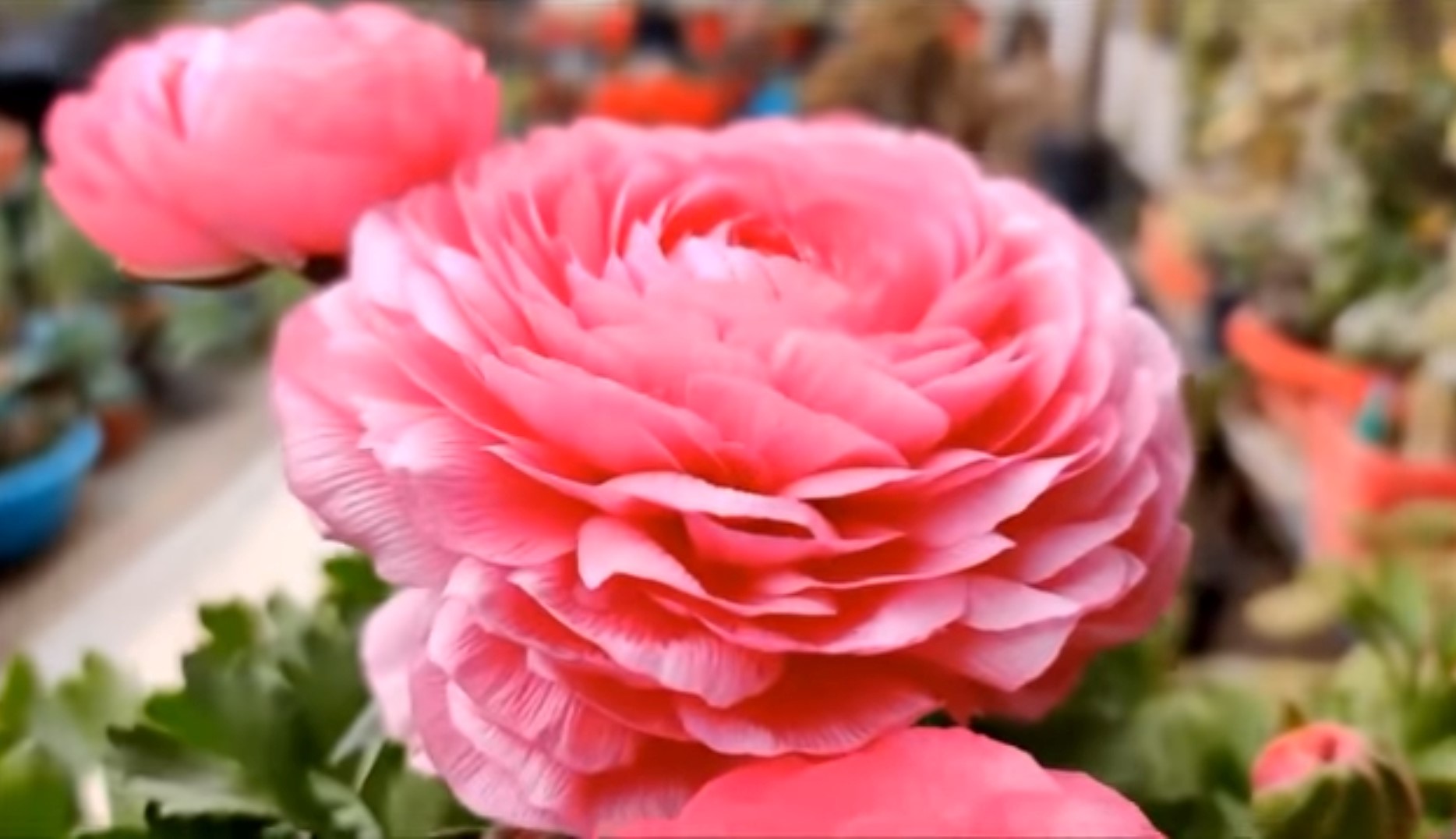 Many buttercup species contain compounds that can be toxic if ingested, especially in larger quantities. The toxins in buttercups are primarily glycosides and protoanemonin, which can cause irritation and discomfort if consumed. In small amounts, these toxins might not be severely harmful, but it’s generally recommended to avoid consuming buttercup altogether, as there are safer edible plants available.
Many buttercup species contain compounds that can be toxic if ingested, especially in larger quantities. The toxins in buttercups are primarily glycosides and protoanemonin, which can cause irritation and discomfort if consumed. In small amounts, these toxins might not be severely harmful, but it’s generally recommended to avoid consuming buttercup altogether, as there are safer edible plants available.
It’s important to note that even if a plant is known to be edible, proper identification is crucial to avoid accidentally consuming a toxic look-alike. If you’re interested in incorporating edible flowers into your culinary endeavors, there are other flowers that are considered safe for consumption, such as pansies, violets, nasturtiums, and certain types of roses. Always do thorough research and exercise caution when using any plant material in your cooking or drinks.
Buttercup Uses:
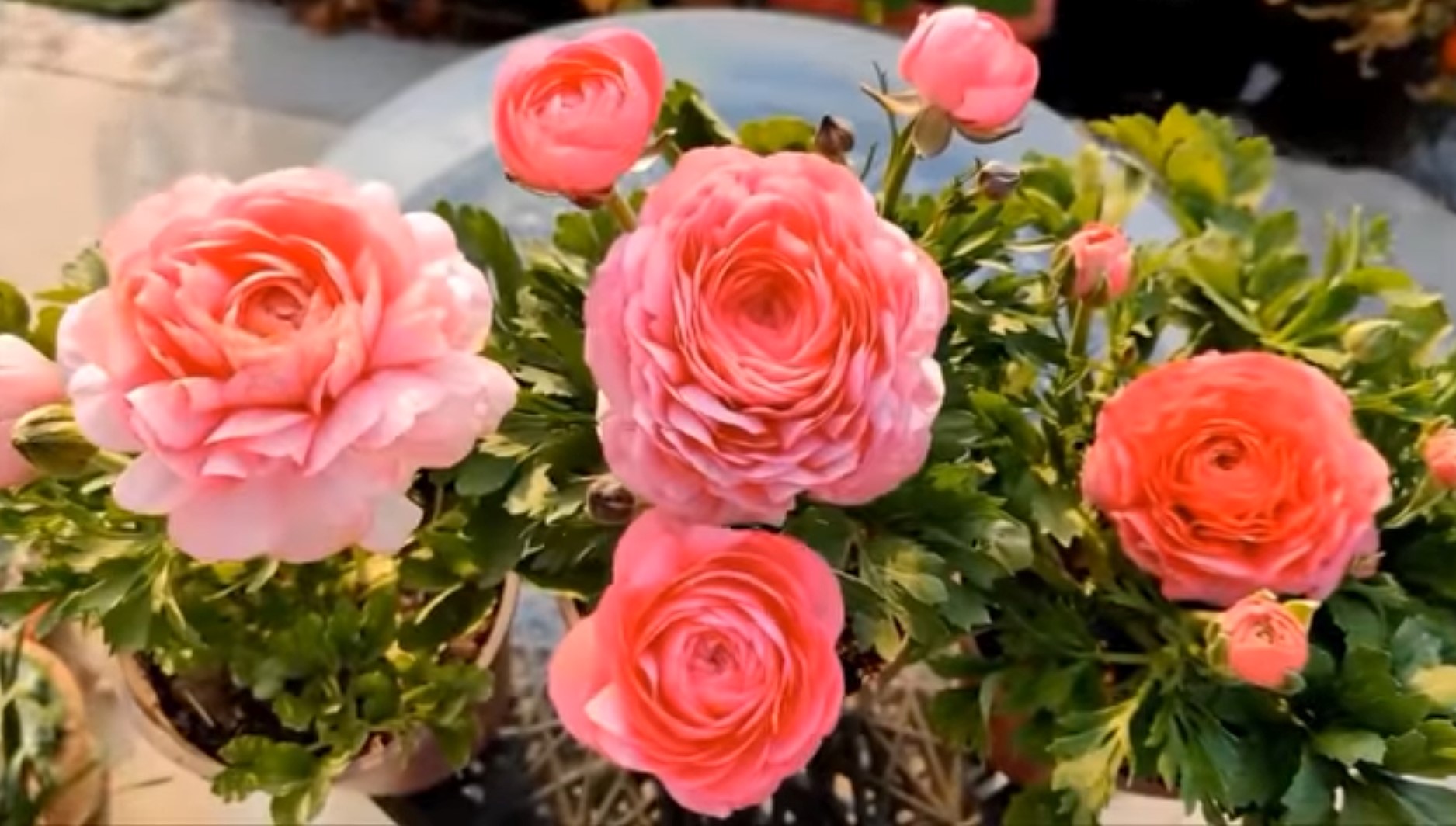 Despite their toxicity, buttercup flowers have been used for their medicinal properties. They were traditionally used by Native Americans to treat a variety of ailments, including fevers, coughs, and stomach pains. Modern research has also shown that some species of buttercups have antibacterial properties and may be effective in treating certain infections.
Despite their toxicity, buttercup flowers have been used for their medicinal properties. They were traditionally used by Native Americans to treat a variety of ailments, including fevers, coughs, and stomach pains. Modern research has also shown that some species of buttercups have antibacterial properties and may be effective in treating certain infections.
In conclusion, buttercupvflowers are a beautiful and interesting plant that can be found in various regions around the world. They are known for their bright yellow flowers and are often used as ornamental plants in gardens and landscapes. Although they contain a toxic substance, they have been used for their medicinal properties by traditional healers and are still being studied by modern researchers.

